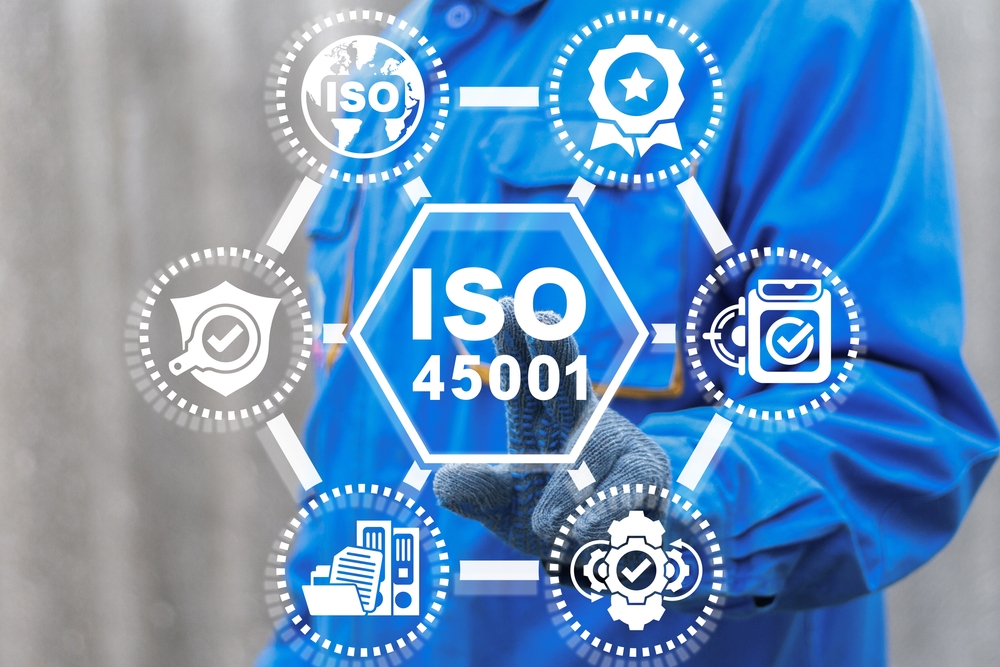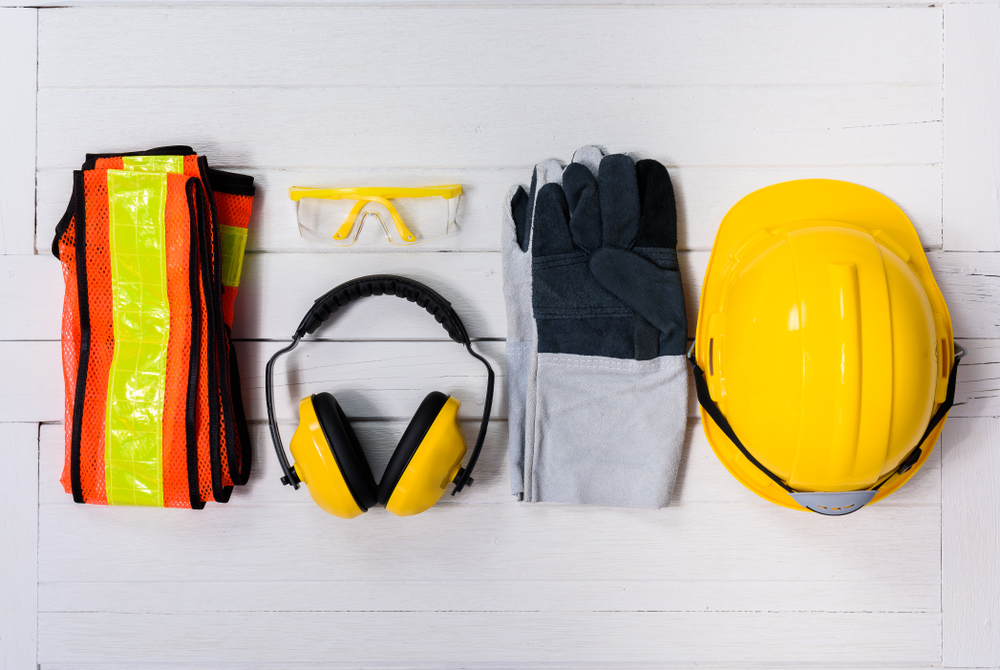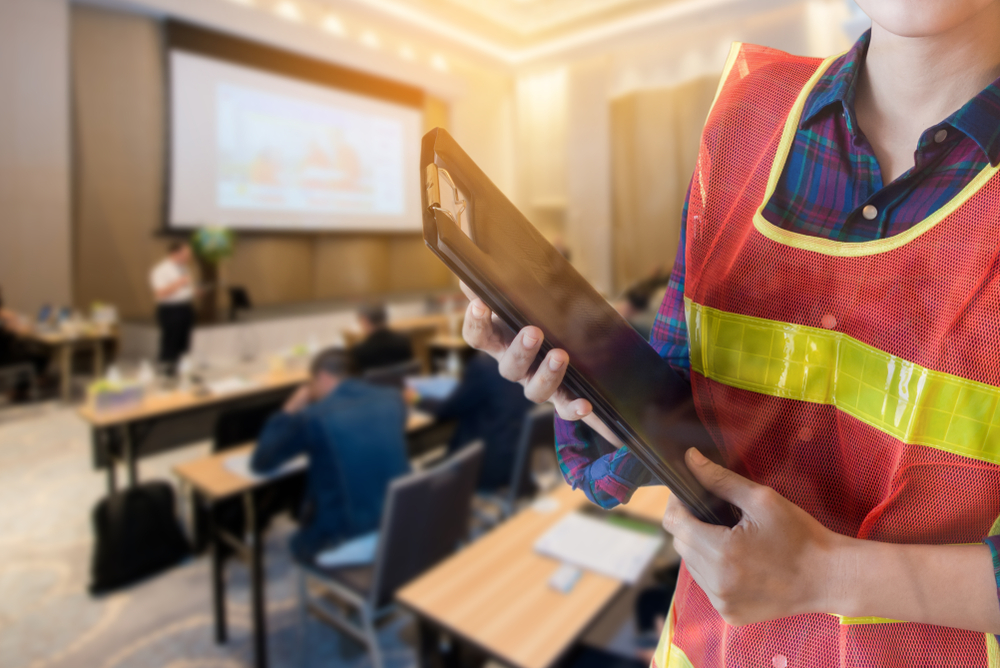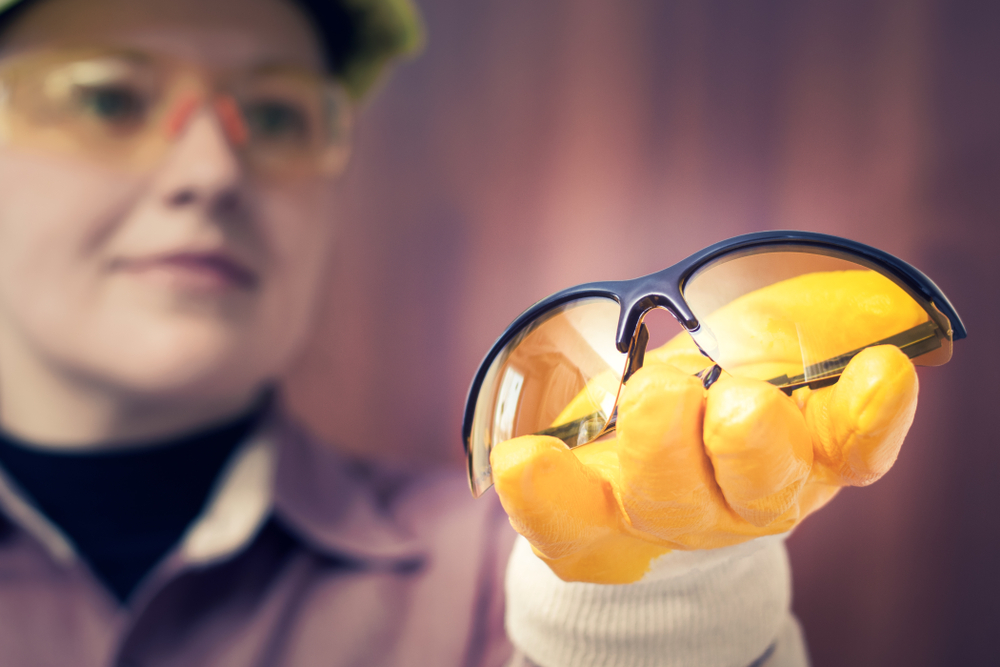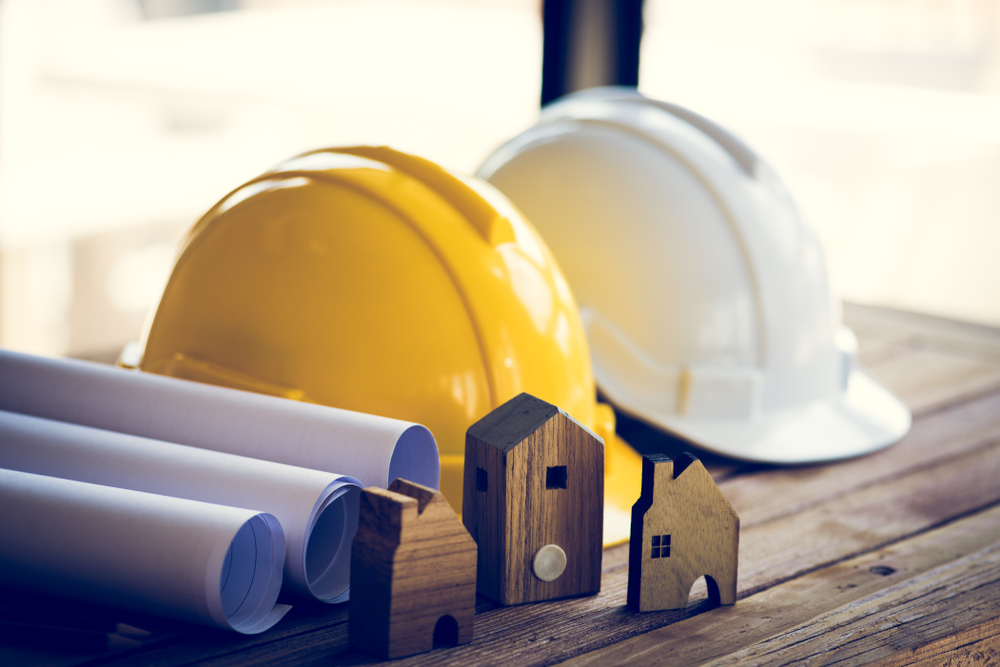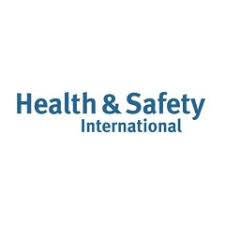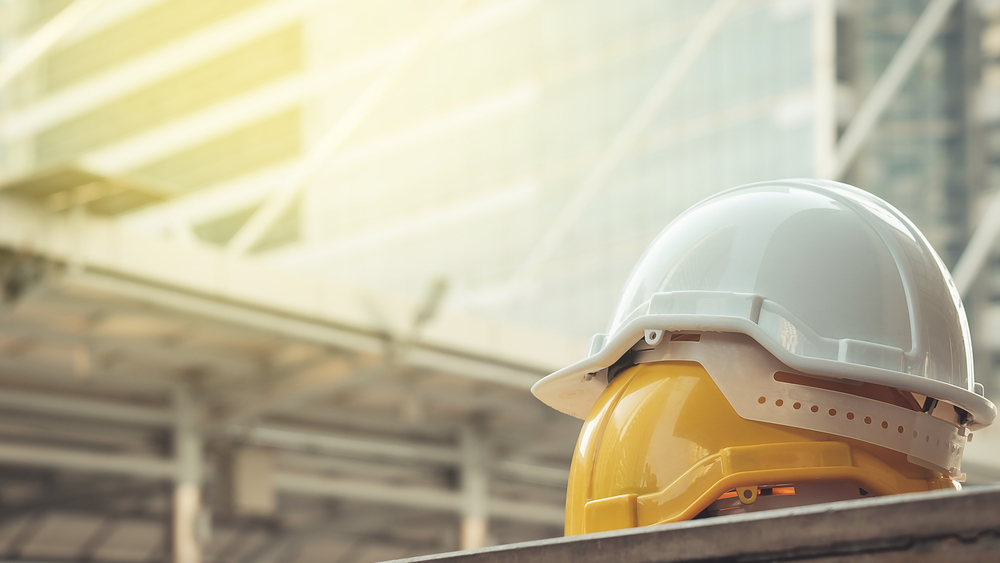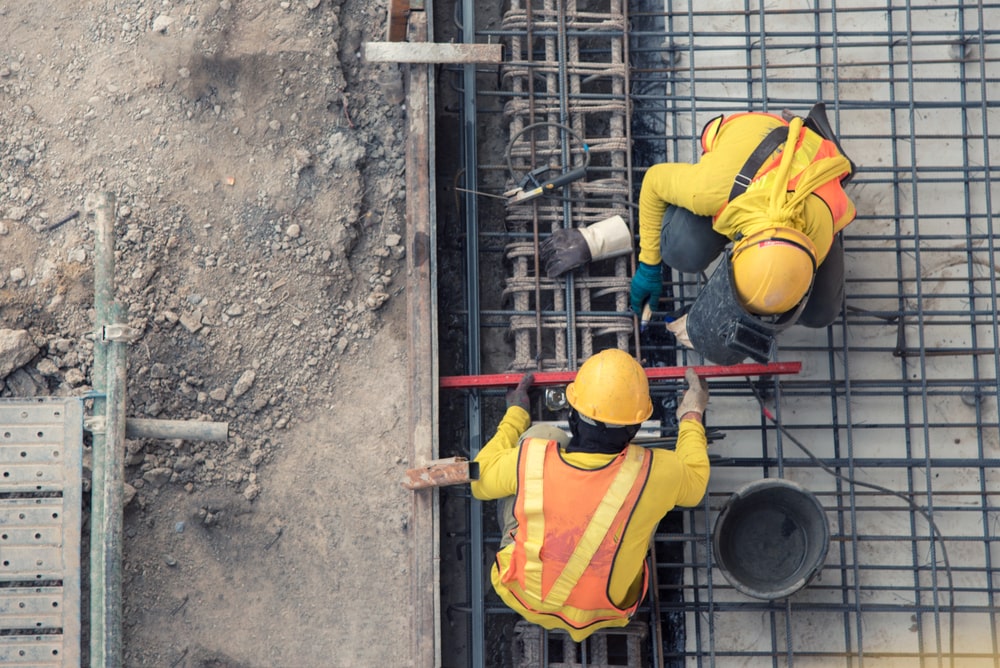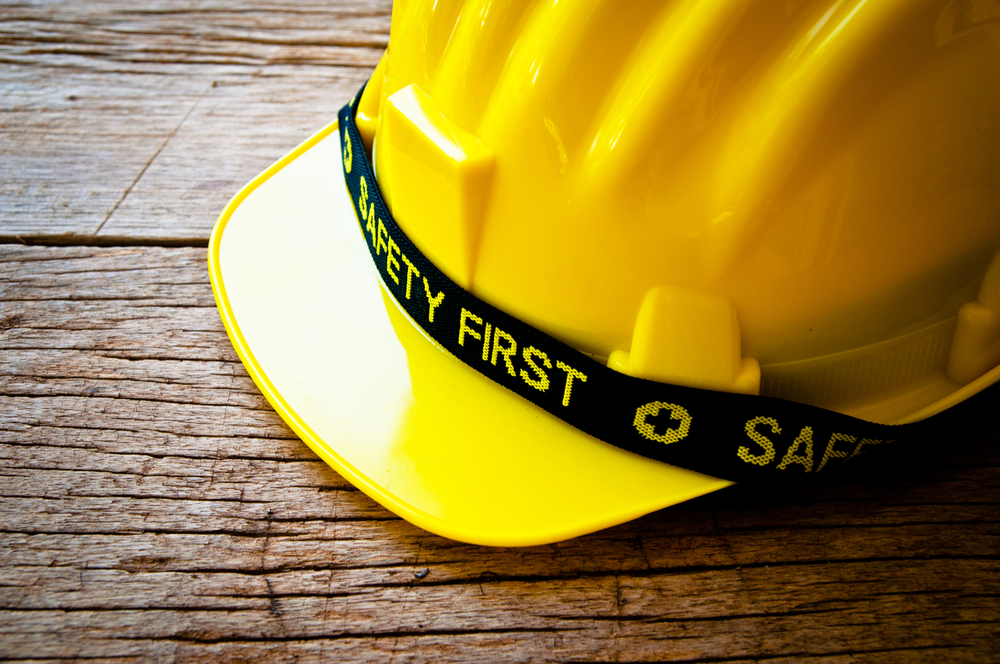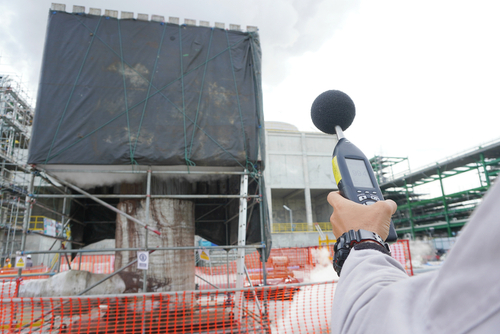News Post
Current Health and Safety Industry Trends
New Guidance Released for Managing Home Workers
As an employer, you have the same health and safety responsibilities for those who work from home as you do for all other employees who may work from the workplace. In most cases, the dangers to home workers are low, and the precautions you should take to prevent them are a lot simpler.
You should discuss your employees' arrangements with them, as not everyone is suited to work from home due to a number of factors. Some employees may not have an appropriate place to work, for example, or may lack fundamental work equipment like a desk and chair.
Alternatively, they may prefer to come into the workplace for a number of reasons such as for socialisation, well-being and mental health reasons. When carrying out a risk assessment for home workers, you should consider aspects such as their ability and accessibility to working with display screen equipment, their workspace and environment, their mental health, and their stress level.
Measures for Vaccinated Workers
People working in a Care Quality Commission-registered adult care home are required to have two doses of the COVID-19 vaccine before entering the facility beginning 11 November 11 2021, unless they have a medical certificate with a stated medical reason that goes against this. However, residents and visitors to the premises are not required to have two doses of the vaccine.
The government has confirmed that proposed regulations for health and social care employers in England will be implemented beginning in the spring of 2022. Unless the employees are exempt, such employers must make sure that all staff, including frontline health workers, are fully vaccinated against coronavirus. Volunteers who have up-close, in-person contact with clients must provide clear proof that they have been fully vaccinated against the virus in order to be positioned within the sector.
Measures for Employees Who Can’t Be Vaccinated
Some people may be recommended not to get the COVID vaccination because of a medical condition or allergen reasons, as they may be allergic to components of the vaccine. Individuals who refuse the vaccine may be protected under the disability provisions of the Equality Act 2010.
Employers should take different health and safety precautions for employees who have a legitimate medical justification that prevents vaccination, such as strengthening their coronavirus risk management, allowing remote working where possible, or considering a different role. Medical advice might well be required with the employee's permission in some instances.
Health Secretary Proposals for Carbon Monoxide Alarms to Be Fitted
On November 23rd, Housing Minister Eddie announced that all housing providers will now be obliged by law to install smoke alarms in all social housing, as well as declaring that all social and private rented buildings that have fixed appliances within them have carbon monoxide detector alarms installed. The regulations also require landlords and housing providers in the social and private rented sectors to replace or restore smoke and carbon monoxide alarms as soon as they are informed that they are defective.
These regulations have been planned and enforced with the aim to make individuals living in social housing feel safer and less vulnerable in their homes. The new requirements for installing and maintaining alarms will be adopted by property owners. Advice on where to install alarms and ensuring alarms meet required specifications will also be updated.
Ventilation in the Workplace for COVID-19
Employers are required by law to provide a sufficient supply of fresh air in the form of ventilation in all enclosed areas of the workplace. Someone infected with COVID-19 breathes out small particles of the virus every time they breathe, and good ventilation reduces the amount of virus that is in the air, thereby having adequate ventilation in enclosed areas of the workplace lowers the risk of inhaling and catching the virus if anyone were to have it.
You can improve both your natural and artificial/mechanical ventilation to improve the quality of the overall ventilation within the workplace. Your natural ventilation can be simply improved by opening windows within the premises full or partially - the more your window is open, the more ventilated the space will be. You can also think about opening air vents and doors to increase ventilation within the workspace.
Latest News
It can be difficult to decide your future path - a lot can ride on it, after all - but a career in health and safety could be the right choice for you. There are several types of careers in the health and safety industry that might be a good fit..
What is ISO 45001?
If you’re wondering what ISO 45001 is, then this is the guide for you. Replacing the old OHSAS 18001 standard, ISO 45001 is the new international standard for occupational health and safety management. In this guide, we'l..
Who Enforces Health and Safety?
The enforcement of health and safety is crucial to maintain healthy workplaces. The term health and safety itself covers the safety legislation and safety law that comes under the Health and Safety at Work Act 1974. In general, this means t..
Health and safety training is a requirement in the workplace, no matter which sector you work in. Our experts at SMS Europe have been providing an extensive range of specialist health and safety services for almost 20 years. To help make work en..
Health and safety in the workplace is all about controlling risks in a way that protects both your employees and your company. Strong leadership, including your employees, managers, suppliers, contractors, and consumers, is a characteristic of great ..
Health and safety in the workplace is immeasurably important. But, without the Health and Safety at Work Act of 1974, we might have never prized safety so highly. This piece of workplace legislation is highly significant and indeed has transform..
Fire Safety and Fire Risk Assessment at Leased Offices and Buildings Fire safety at leased single and multi- tenanted offices can be approached in a number of ways. Generally speaking, there are three types of premises, (single occupancy lea..
Safety Gloves
Please have a read at SMSE Managing Director Philip Marsden's article on Safety Gloves which is published in the February 2022 edition of Health and Safety International Magazine. https://www.hsimagazine.com/article/fits-like-a-glove/ We wo..
Current Health and Safety Industry Trends
New Guidance Released for Managing Home Workers As an employer, you have the same health and safety responsibilities for those who work from home as you do for all other employees who may work from the workplace. In most cases, the dange..
Who Is Responsible for the Health and Safety on a Building Site? Legally, the responsibility of health and safety within the business lies with the employer. It is up to them to make sure the environment meets the necessary health and safety requi..
No one wants to be injured whilst at work, and no one wants their staff to be injured, especially whilst on the job. That doesn’t mean that accidents don’t happen. In fact, each year an average of 22 manufacturing workers die in workplace..
Noise at Work- Updated guidance
Controlling noise at work (L108): updated edition published The HSE has updated its buidance on The Control of Noise at Work Regulations 2005. Many people are exposed to noise levels at work that may be harmful, leading to permanent and incura..


